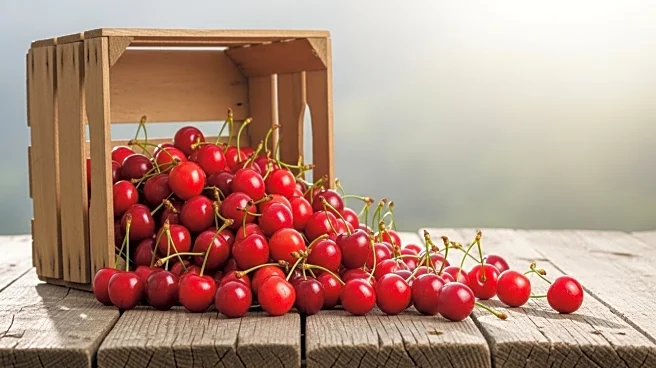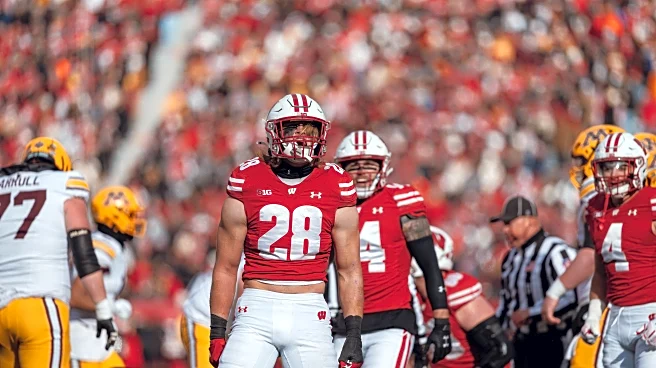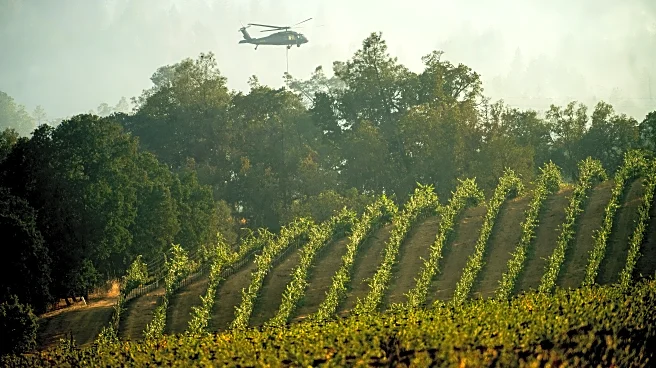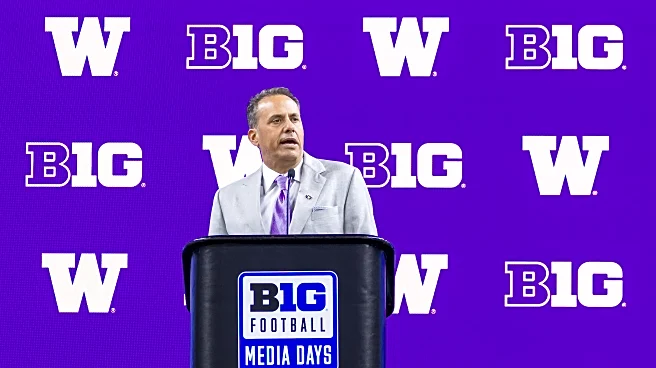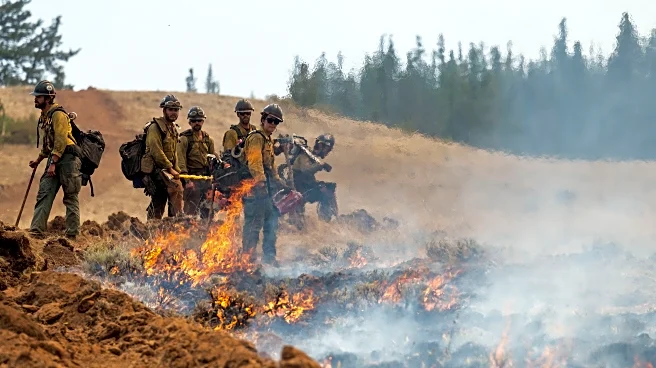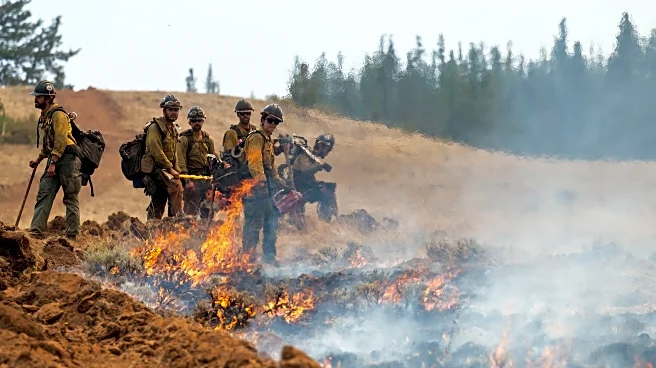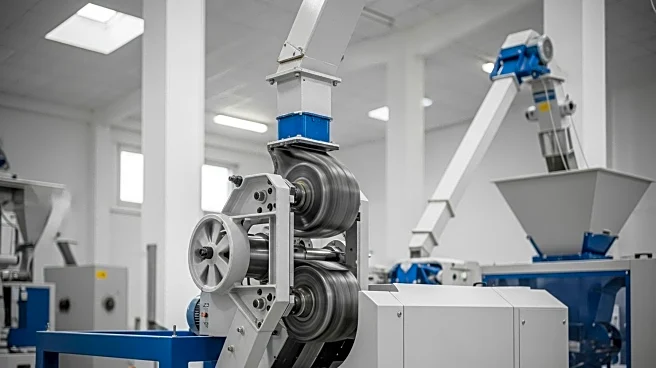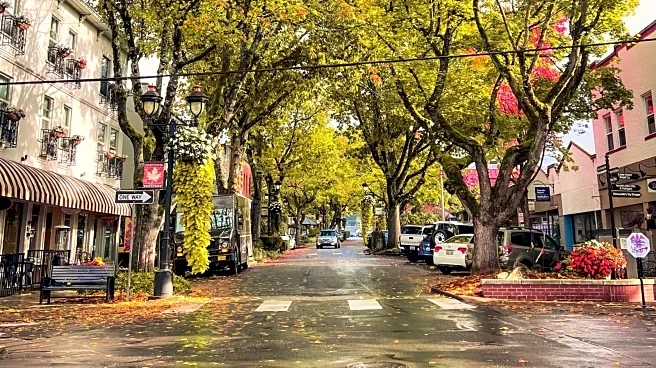What is the story about?
What's Happening?
The Pacific Northwest experienced a significant increase in cherry production this season, with Oregon's output up by 4% and Washington's by 29%. Despite the high quality of the fruit, farmers faced economic challenges due to an oversupply and insufficient demand at grocery stores. High retail prices further exacerbated the situation, leading to reduced consumer purchases. Additionally, aggressive immigration enforcement under the Trump administration hindered the availability of migrant farmworkers, impacting the harvest.
Why It's Important?
The economic difficulties faced by cherry farmers in the Pacific Northwest reflect broader challenges in the agricultural sector, including labor shortages and market dynamics. The oversupply and high prices highlight the complexities of agricultural economics, where increased production does not always translate to profitability. The situation underscores the need for policy adjustments to support farmers, particularly in managing labor resources and market access. The impact on farmers' livelihoods could have ripple effects on local economies and food supply chains.
What's Next?
Farmers are considering strategies to mitigate losses, such as reducing acreage or altering production plans. The industry may see shifts in labor practices and pricing strategies to better align supply with demand. Policymakers and industry leaders might explore solutions to address labor shortages and stabilize market conditions. The upcoming months will be critical for farmers as they assess financial outcomes and plan for future seasons.
AI Generated Content
Do you find this article useful?
